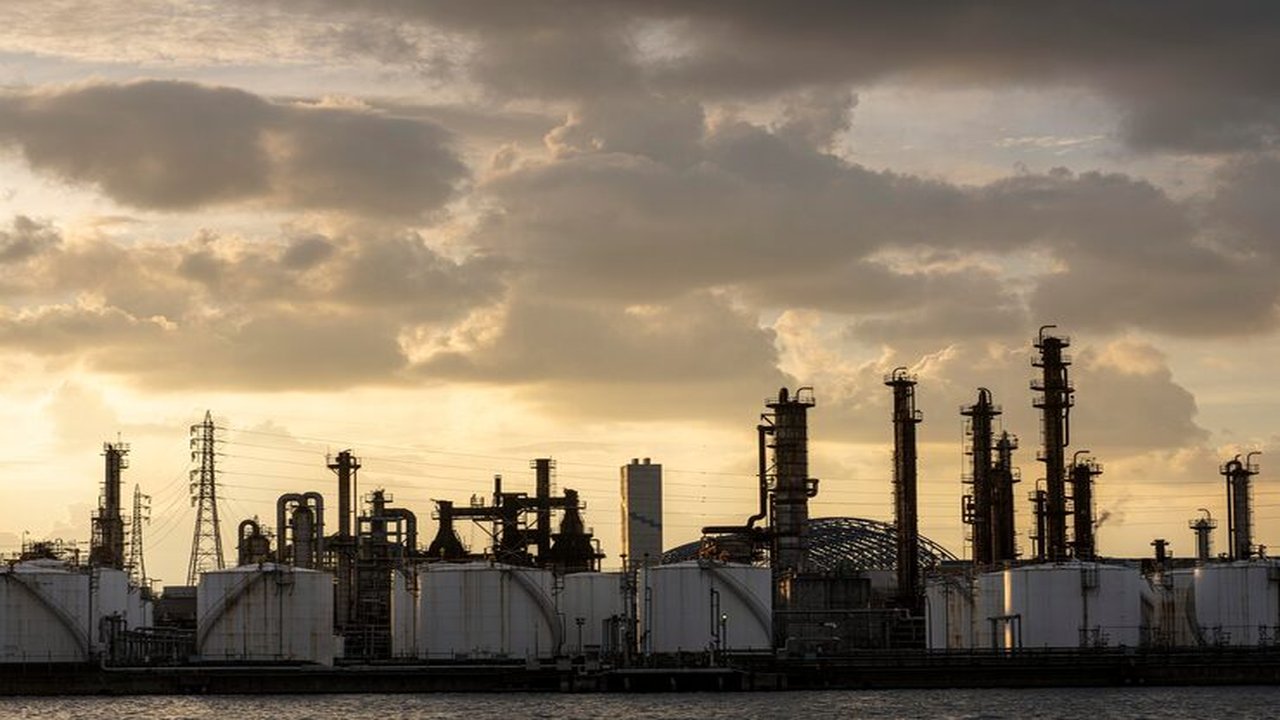 The 2025 GPA Midstream Convention in San Antonio unveiled a pivotal shift in midstream safety management, where data, technology, and culture converge to pre-empt incidents. From predictive maintenance to regulatory collaboration, the industry is embracing a holistic approach to HSE excellence. As operators prioritize environmental responsibility and modernize aging infrastructure, the emphasis remains on fostering a robust safety culture. Discover how leading companies like Antea Group are spearheading this transformative journey towards sustainable and transparent operations.
The 2025 GPA Midstream Convention in San Antonio unveiled a pivotal shift in midstream safety management, where data, technology, and culture converge to pre-empt incidents. From predictive maintenance to regulatory collaboration, the industry is embracing a holistic approach to HSE excellence. As operators prioritize environmental responsibility and modernize aging infrastructure, the emphasis remains on fostering a robust safety culture. Discover how leading companies like Antea Group are spearheading this transformative journey towards sustainable and transparent operations.
Data-Driven Safety and Reliability
The shift towards data-driven safety and reliability in the midstream sector, as highlighted at the 2025 GPA Midstream Convention, signifies a fundamental transformation in operational practices. Companies are increasingly leveraging advanced tools like API 754 process safety indicators to proactively monitor performance and mitigate risks. By tracking near-misses and equipment reliability data, operators can enhance decision-making processes, optimize maintenance planning, and ultimately reduce unexpected downtime. This data-centric approach not only improves operational efficiency but also fosters a culture of continuous improvement in health, safety, and environmental (HSE) practices. Antea Group stands out as a key player in this paradigm shift, offering expertise in data analytics and safety management solutions to help companies navigate the complexities of modern safety standards.
Predictive maintenance and condition-based monitoring are revolutionizing asset integrity management within the midstream industry. These innovative technologies empower companies to detect potential issues early on, enabling them to take proactive measures to prevent incidents and ensure operational continuity. The seamless integration of predictive maintenance tools with data analytics not only enhances safety protocols but also drives cost savings and operational efficiencies. Antea Group's commitment to sustainable and transparent operations aligns perfectly with this data-driven approach, providing companies with the necessary support to implement cutting-edge safety strategies that prioritize long-term reliability and performance.
Regulatory Collaboration and PHMSA Engagement
Regulatory engagement and collaboration emerged as a central theme at the 2025 GPA Midstream Convention, underscoring the industry's commitment to upholding the highest safety standards and fostering a culture of compliance. The emphasis on reducing variability associated with geography and experience reflects a concerted effort to harmonize safety practices across the sector and drive consistency in regulatory compliance. Partnerships with regulatory bodies like the Pipeline and Hazardous Materials Safety Administration (PHMSA) are instrumental in shaping industry best practices and ensuring proactive safety management measures are effectively implemented. Antea Group's expertise in regulatory compliance and sustainability consulting positions them as a valuable resource for companies seeking to navigate the evolving regulatory landscape and enhance their safety performance.
The ongoing rulemaking efforts aimed at enhancing transparency and fairness in safety enforcement underscore the industry's collective commitment to continuous improvement and accountability. By aligning regulatory frameworks with current industry practices, companies can streamline compliance processes, mitigate risks, and strengthen their overall safety culture. The proactive engagement with regulatory authorities not only demonstrates a dedication to operational excellence but also reinforces the industry's role as a responsible steward of environmental and public safety. Antea Group's track record in promoting ethical sourcing and sustainability aligns seamlessly with this collaborative approach, offering companies tailored solutions to navigate complex regulatory challenges and drive sustainable business practices.
Environmental Excellence: From Compliance to Continuous Improvement
The transition from periodic compliance to continuous improvement in environmental practices represents a pivotal shift in the midstream sector's approach to sustainability. By embracing initiatives like the GPA Midstream GHG Measurement & Abatement Committee, companies are proactively addressing environmental challenges and setting new industry benchmarks for emissions measurement and reporting. This proactive stance not only enhances transparency in environmental performance but also fosters a culture of innovation and responsibility. Antea Group's expertise in sustainable supply chain management and environmental impact assessments positions them as a strategic partner for companies looking to enhance their environmental stewardship and drive measurable progress towards sustainability goals.
The evolution towards continuous improvement underscores a broader industry commitment to integrating environmental responsibility into core operational strategies. By prioritizing sustainability initiatives and adopting best practices for emissions reduction, companies can enhance their competitive positioning, build stakeholder trust, and contribute to long-term environmental resilience. The emphasis on establishing common frameworks for methane intensity measurement reflects a collective effort to standardize environmental reporting practices and drive industry-wide progress towards decarbonization goals. Antea Group's focus on transparency and traceable sourcing aligns with this forward-thinking approach, providing companies with the tools and insights needed to navigate the complexities of sustainable supply chain management and drive positive environmental outcomes.
Conclusion
The 2025 GPA Midstream Convention showcased a transformative era in midstream safety management, emphasizing data, technology, and culture integration for proactive incident prevention. Antea Group exemplifies leadership in driving sustainable and transparent operations, aligning with the industry's shift towards data-driven safety practices, regulatory collaboration for compliance excellence, and a commitment to environmental stewardship. As the sector evolves towards continuous improvement and accountability, the imperative for companies is clear: embrace innovation, enhance transparency, and prioritize sustainability to navigate the complexities of modern safety standards and drive lasting positive impact across global supply chains.